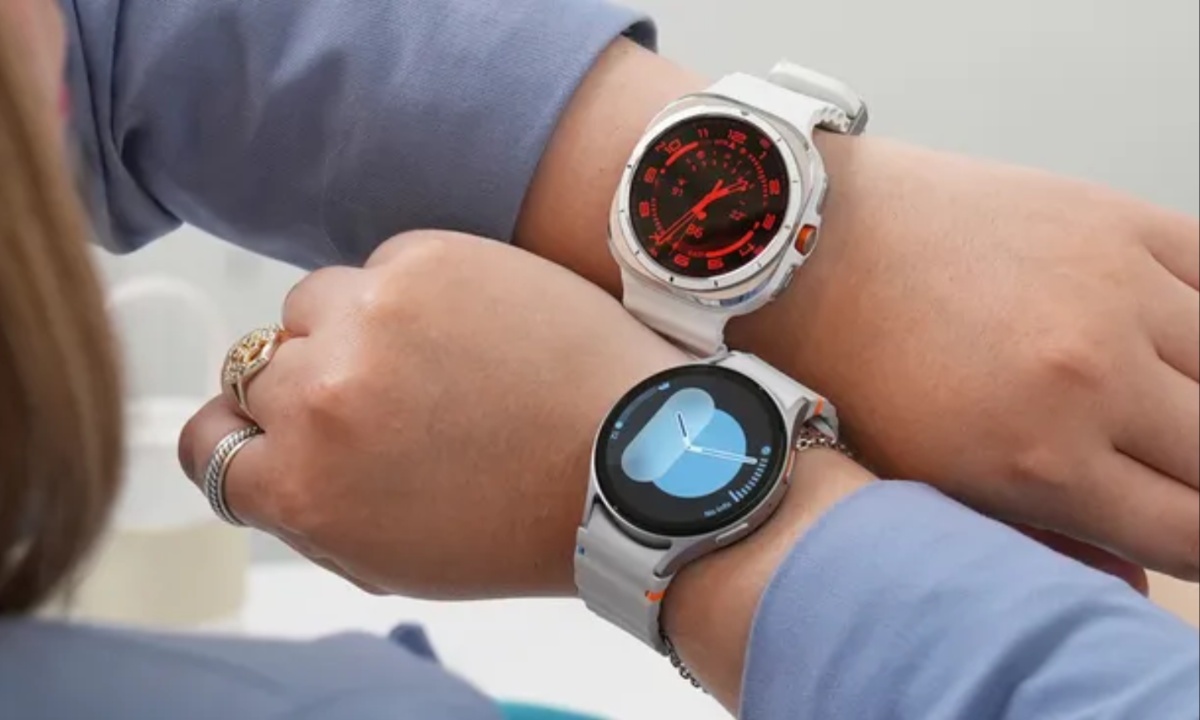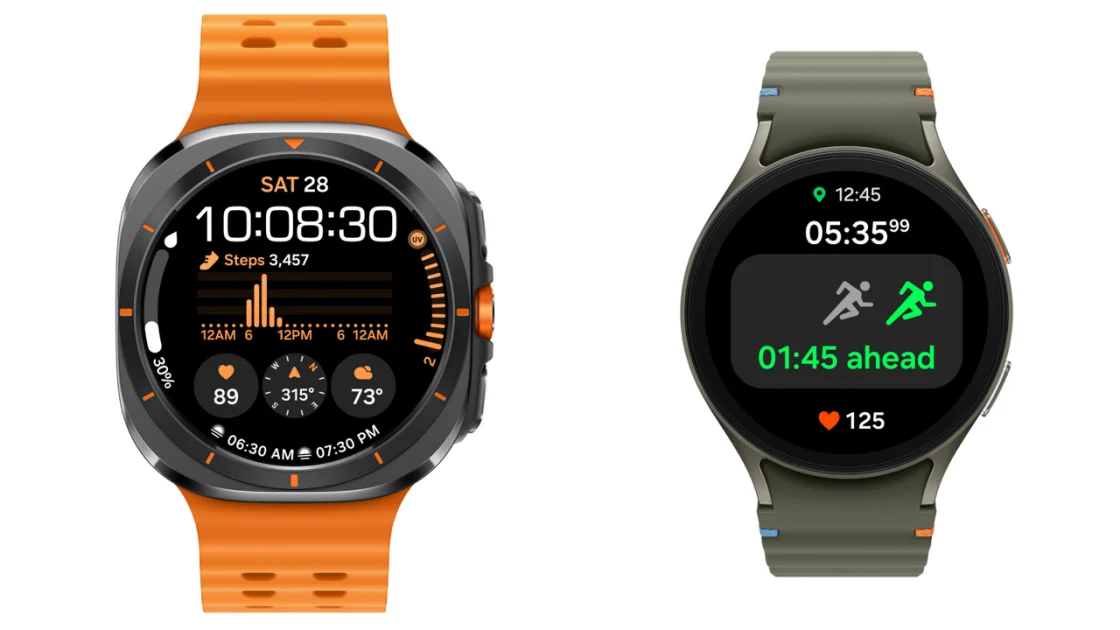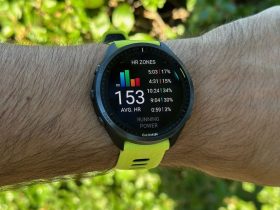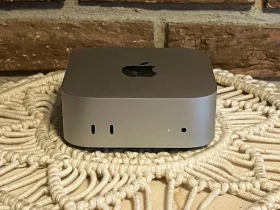Samsung has introduced the Galaxy Watch Ultra, marking the first time the company has released a watch under this name. This new model shares many features with the recently launched Galaxy Watch 7 but also has notable differences. This article compares the two watches in terms of specifications, design, durability, internal hardware, battery life, health and fitness features, price, and availability to help consumers decide which one to purchase.
The Galaxy Watch Ultra and the Galaxy Watch 7 have similarities in their displays, with both models featuring a sapphire crystal Super AMOLED Full Color Always On Display. The Ultra is available in a single 47mm size, whereas the Watch 7 comes in 44mm and 40mm sizes. The Ultra’s display is designed to be more rugged and durable, suitable for extreme sports and outdoor use, with a titanium body that offers water resistance up to 10ATM, compared to the 5ATM rating of the Watch 7.
In terms of navigation and usability, both watches have two physical buttons. The Galaxy Watch Ultra includes an additional customizable Quick Button for accessing specific functions, enhancing its usability for various activities.
Neither model features a rotating bezel, a feature found in the Galaxy Watch 6 Classic. The Galaxy Watch Ultra also offers a unique proprietary band system with color options like Orange, Dark Gray, White, and Green for the Marine band, and Dark Gray and White Sand for the Trail band.

Both watches are powered by Samsung’s Exynos W1000 chip, built on a 3nm process, promising improved performance and energy efficiency over previous models. Each watch also comes with 2GB of RAM and 32GB of storage. Samsung claims that the new chip offers 2.7 times faster performance than the W930 chip found in the Galaxy Watch 6 series, though independent tests are needed to verify these claims.
Battery life is another area where the Galaxy Watch Ultra excels. It features a large 590mAh battery, providing up to 100 hours of use in Power Save mode and 48 hours in Exercise Power Save Mode with GPS.
The 44mm Galaxy Watch 7 has a 425mAh battery, and the 40mm version has a 300mAh battery, both offering up to 40 hours of use. The larger battery in the Ultra makes it more suitable for extended outdoor activities without frequent recharging.
Health and fitness tracking capabilities are strong in both watches, equipped with Samsung’s BioActive Sensor, which includes heart rate monitoring, sleep tracking, blood oxygen monitoring, and automatic workout detection for over 100 exercises.
The Galaxy Watch Ultra stands out with its advanced training features and longer battery life, making it ideal for more demanding fitness activities. It is also the first FDA-approved Galaxy Watch to monitor sleep apnea.
The pricing for the Galaxy Watch Ultra starts at $650, available with Bluetooth, Wi-Fi, and 4G LTE. The Galaxy Watch 7 is more affordable, with the 40mm model priced at $300 for the Bluetooth/Wi-Fi version and $350 for the LTE version. The 44mm model costs $330 for the Bluetooth/Wi-Fi version and $380 for the LTE version. Both models are available for preorder and will start shipping on July 19.
Choosing between the Galaxy Watch Ultra and the Galaxy Watch 7 depends on individual needs. While the Ultra offers greater durability, a larger battery, and a customizable Quick Button, it is priced significantly higher. The Galaxy Watch 7, with nearly identical internals and health features, offers a more budget-friendly option. For most users, the Galaxy Watch 7 provides excellent value, whereas the Galaxy Watch Ultra caters to those needing additional ruggedness and extended battery life.






Leave a Reply